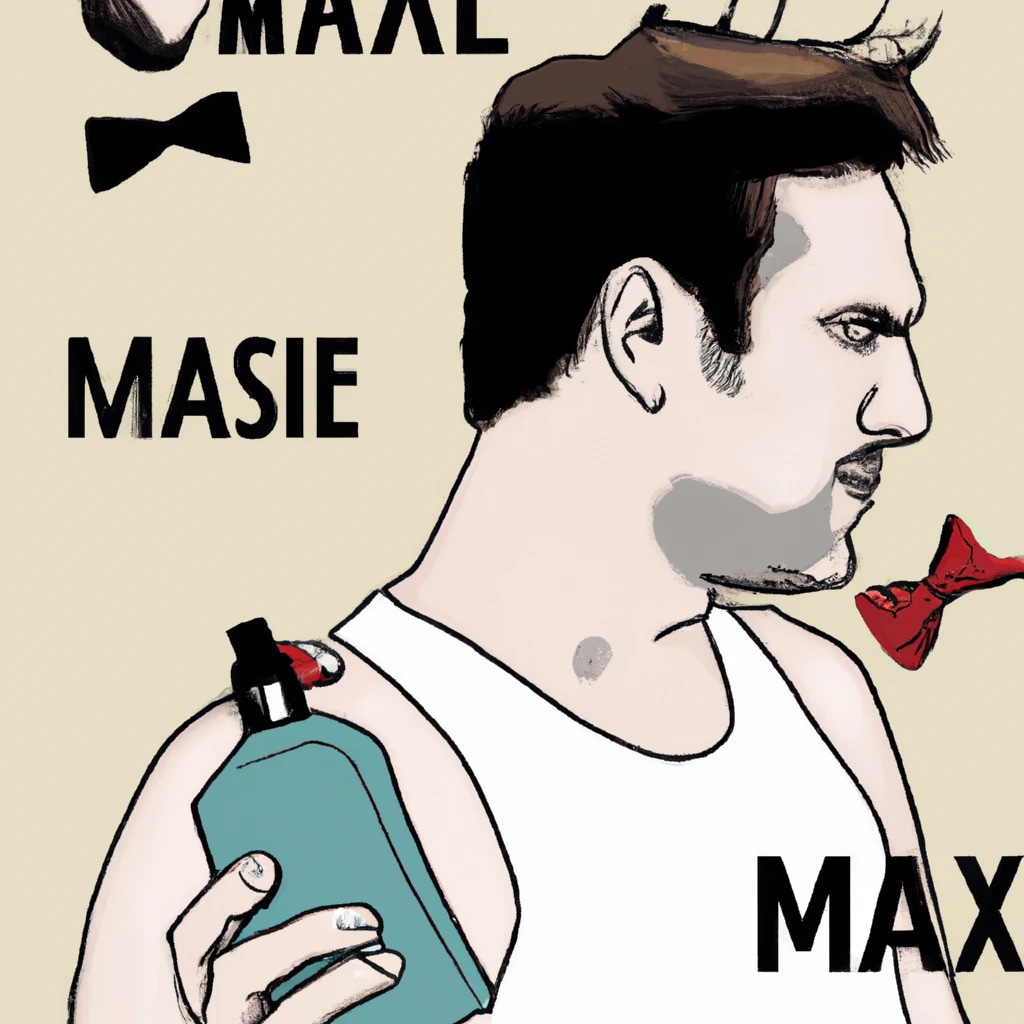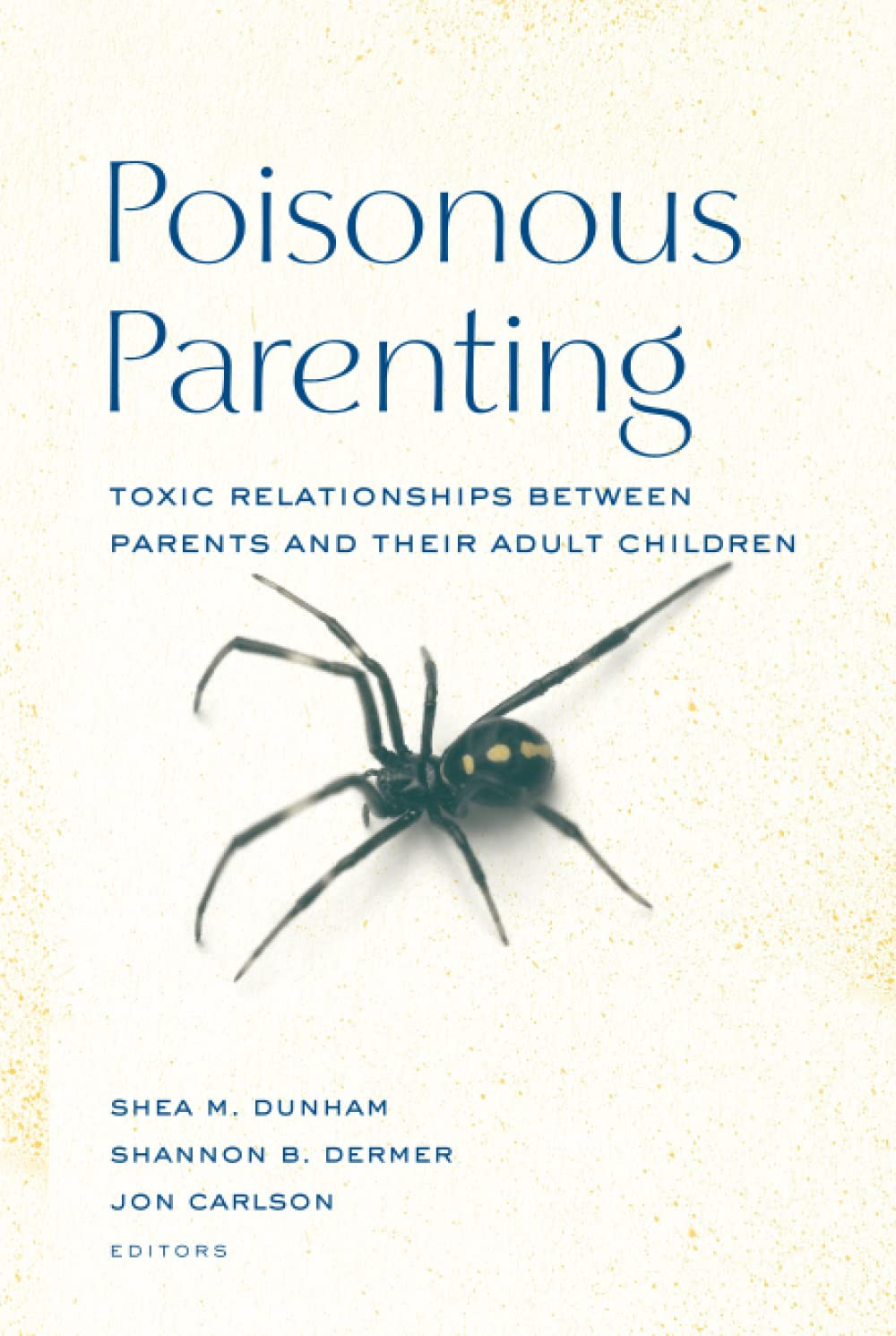Toxic Masculinity-The Project Of Dehumanising Men
Why we need to challenge the rhetoric of dehumanisation
Last week I participated in a BBC World Service programme on Misogyny and Toxic Masculinity. The link is below.
It was an interesting conversation, but time constraints made it difficult to explain the cultural context that renders masculinity toxic. In particular, the discussion did not touch on the influential dehumanising narrative underpinning toxicity's association with male identity.
Toxicity refers to the threat of contamination and pollution. In its original sense, it meant poisonous and referred to a dangerous, polluting substance. As we shall see, these poisonous attributes are not confined to the characterisation of masculinity. In this review, I argue that the growing tendency to frame a variety of personal attributes and relationships through the metaphor of toxicity is integral to the project of downsizing the status of humanity.
The transformation of a term used to designate a poisonous polluting substance into a widely used rhetorical idiom designating masculinity can be understood as a symptom of a radically new representation of the meaning of personhood and the moral quality of relationships between people.
Almost unnoticed, the threat of pollution has migrated from ecology to human relations. That the use of the idiom of toxicity to refer to people has been so casually, even unthinkingly, received by western society speaks to the ascendancy of a misanthropic account of what it means to be human.
Toxic – Word Of The Year
In 2018, toxic was designated by the Oxford English Dictionary as its word of the year. The OED claimed that it chooses a Word of the Year on the ground that it best describes the mood of the previous year. It stated that the word also should ‘have lasting potential’ as a term of cultural importance.
Oxford said its data showed a 45 per cent rise in searches for the word toxic on its website in 2018. Katherine Connor Martin, the company’s head of U.S. dictionaries, said there had been a marked uptake of interest in the word on its website over the past year. She stated that the term toxic was chosen less for statistical reasons than for the sheer variety of contexts in which it has proliferated, from conversations about environmental poisons to laments about today’s poisonous political discourse to the #MeToo movement, with its calling out of ‘toxic masculinity.’
Martin said the committee initially considered choosing ‘toxic masculinity’ until it realised how widespread the usage of ‘toxic’ itself had become. ‘So many different things,’ she said, ‘are tied together by the word’. Indeed!
From our perspective, the term toxic can be understood as a fetishised idiom through which relations of conflict and tension are captured by the metaphor of pollution and damage. What that means is that human beings are depicted as not only responsible for poisoning the environment but also one another. The contamination of nature and moral pollution run in parallel with one another. It is as if people contaminate everything they touch. That is why the English language has adopted phrases like toxic relationships, toxic parents, toxic families, toxic bachelors, toxic people, toxic friends, and toxic co-workers.
The current use of toxic to frame human relationships emerged in the mid to late 1970s. The first reference I found to the term ‘toxic family’ is in 1975 in the US Department of Health’s Schizophrenia Bulletin. In the 1980s, references to ‘toxic family atmosphere’ gradually increased in its usage. Increasingly, the family and different forms of intimate relationships were portrayed as the incubator of diseases and toxic behaviour. Susan Smith noted in her study Survivor Psychology that by the mid-eighties, the idea that the family was a ‘toxic vehicle for transmitting dysfunctionality’ had gained considerable influence within American popular culture.
Since the publication of Susan Forward’s best-selling book, Toxic Parents, originally published in 1989, there has been a veritable genre of literature that dwells on the prevalence of poisonous human relationships. Virtually every possible relationship is now associated with the metaphor of toxicity. The toxic metaphor has been extended to describe love relations, friendships, and relations at work. The title of the first chapter of Harriet Braiker’s Lethal Lovers and Poisonous People: How to Protect Your Health from Relationships That Make You Sick sums up the book’s attitude to relationships: ‘Warning: This relationship May be Harmful to Your Health’. Florence Isaacs’ Toxic Friends/ True Friends expands the toxic metaphor's use to the friendship domain.[iii] And Toxic Emotions at Work by Peter Frost uses the metaphor to account for the emotional distress caused by relations at work.
However, applying the term toxic to characterise human behaviour is most systematically used in relation to men’s behaviour.
The narrative of toxic masculinity
Within the educational and cultural institutions of the Anglo-American world, the term toxic masculinity has become a taken-for-granted idiom for interpreting male behaviour. The term is redundant since all forms of masculinity are now represented as toxic. A review of academic literature on masculinity will show that male behaviour is routinely presented as inherently toxic. It is difficult to come across studies that neutrally discuss masculinity, and not surprisingly, readers will conclude that, at the very least, men are morally inferior to women.
The term toxic masculinity has become a catch-all phrase to describe male feelings of entitlement, anger and vulnerability, and the urge to dominate and intimidate through either overt or covert means. In his book Angry White Men, the American sociologist Michael Kimmel associated masculinity – particularly the type exhibited by white men – as a marker for racist and far-right behaviour.[v] From this perspective, the election of Donald Trump was fuelled by toxic masculinity.
The entry of the term ‘toxic masculinity’ into mainstream media discussions coincides with a growing tendency to cast men, especially white men, as the key obstacle to a just, ‘inclusive’ and ‘diverse’ society. It is important to note that it is not simply men who are disparaged but also the values associated with men. Outwardly alarmist accounts of toxic masculinity are directed against male violence, entitlement and sexual aggressiveness. But these accounts are also intensely hostile to virtues such as courage, risk-taking, self-control and stoicism. These once-celebrated values are now treated as pathologies.
The invention of toxic masculinity is motivated by the impulse of pathologising masculine identity. Our era is characterised by the flourishing and celebration of a growing number of identities, but it makes an exception for male identity. It is an identity that cannot be celebrated. Indeed, male identity has all but become what the sociologist Erving Goffman, in his classic study Stigma, characterised as a ‘spoiled identity’.
A spoiled identity lacks any redeeming moral qualities. It is an identity that invites stigma and scorn. What is perhaps unique to the spoiled identity of masculinity is that it has not only been morally devalued – it has also been medicalised. The American Psychological Association, for example, published guidelines for dealing with boys and men that explicitly present masculinity as a medical problem.
According to the APA, traditional masculinity is ‘marked by stoicism, competitiveness’; it casually couples these values with ‘dominance and aggression’. It says that the bad habits associated with masculinity, ‘like suppressing emotions and masking distress’, often start early in life and are ‘psychologically harmful’.
Toxic masculinity is an insidious, politically motivated term designed to delegitimate masculine identity by associating manliness with destructive characteristics such as racism, homophobia, hatred of women and violent aggression.
The crusade against masculinity has a corrosive impact on society. It seeks to undermine many of the important human attributes that have led to the development of civilisation. Courage, autonomy and risk-taking have been central to developing the human spirit. Contrary to the sermons hurled against masculinity, the ethos of stoicism serves well those who face difficult challenges. Humanist values will suffer a severe setback if this crusade against so-called male values triumphs.
The dehumanisation of masculinity by rendering it poisonous has far-reaching consequences for men and women alike. The growing use of the rhetoric of toxicity to interpret a variety of behaviours and relationships speaks to a world where humanity is reduced to the moral status of polluters. Such a negative account of the human spirit cannot but have a corrosive impact on society. It incites people to lose confidence in their humanity and deprives many of us of the capacity to hope.
We need to challenge the rhetoric of dehumanisation conveyed through the language of toxicity. Developing a capacity to offer a positive account of what it means to be human is one of the key tasks facing society.
The alarmist tone adopted by promoters of the language of toxicity is integral to an anti-humanist worldview that regards the exercise of human agency with dread. Lurking behind the toxic masculinity narrative is an impulse to devalue human agency. So-called masculine attributes – the desire for control, risk-taking, ambition and courage – are integral to exercising agency, which is why they have become the targets of scorn.
In these conditions, we have two choices. We could renounce the distinctly human qualities that have helped transform and humanise the world and resign ourselves to the culture of fatalism that assigns us the status of moral polluters. Or we could do the opposite. Instead of renouncing the values that provide the resources for human development, we can affirm them and the moral qualities that make us human.









I share your frustration Claire - which is why need to kick back1
The sooner we get back to sex-based language and stamp on the skull of this gender bullshit, the sooner we will stop producing soy boys and confused girls. Also we need to move away from this "everyone is neurodiverse" mantra. Being the mother of two boys with Tourette's and the only female to all brothers, I know only too well that our kids are being taught a perverted and distorted view of the world. To top that, drug them up with proper 'toxic' waste which suppresses their dopamine (risk-taking) and alters hormones, we are heading for disaster. The only toxic brigade out there atm are the Munchausen Mothers and the Pervert Papas. Let's go back to saying it how it is. Happy New Year FF. New subscriber.